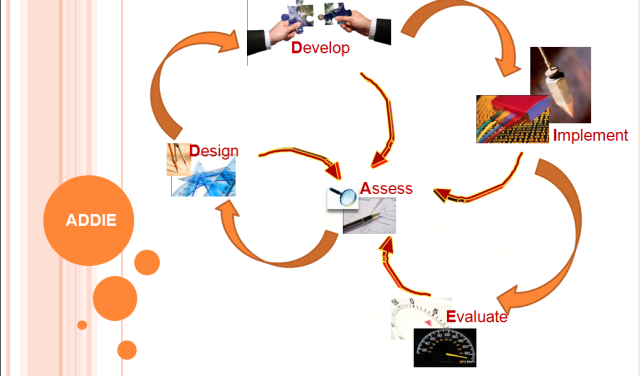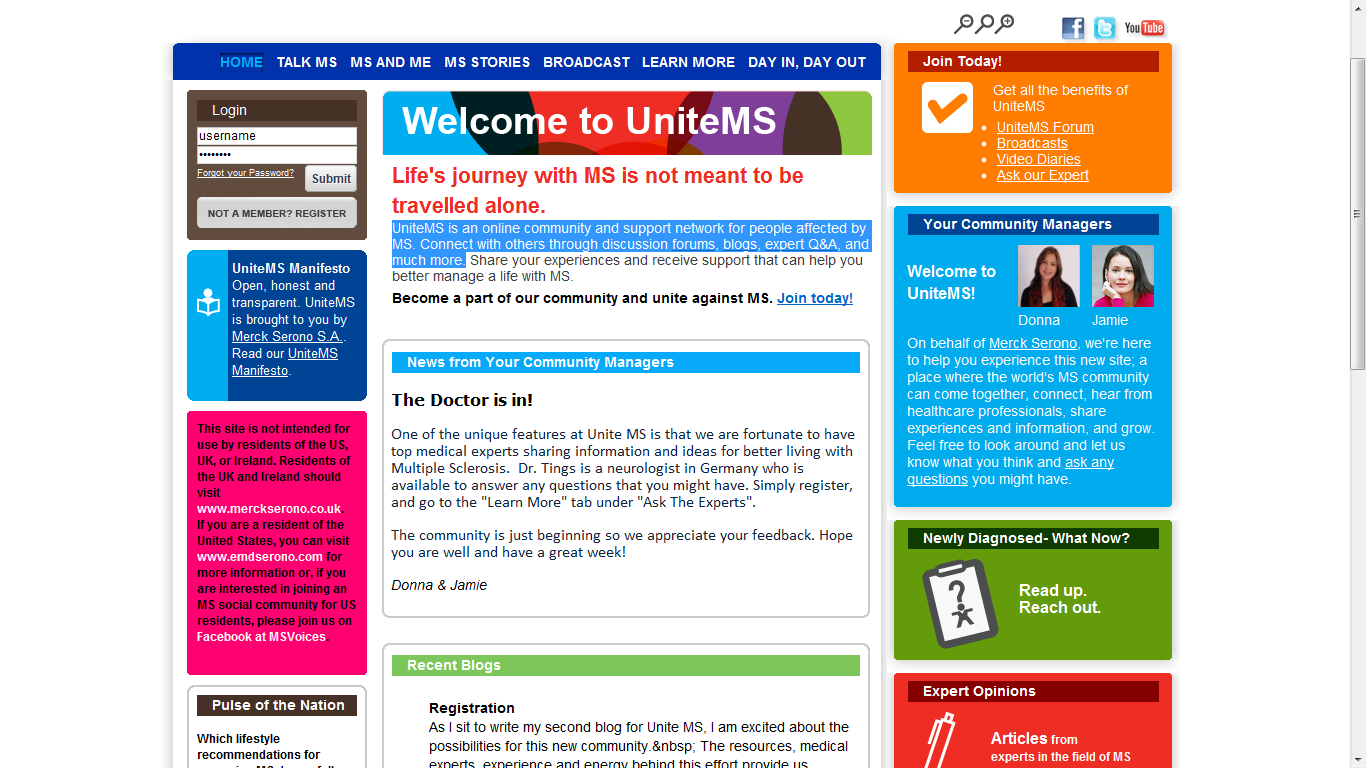With lifestyle and adoption, it seems, human being is evolving to move away from barefoot running. Once it was so easy, that the caveman did it.
Are We Built to Run Barefoot?
At a recent symposium of the American College of Sports Medicine’s annual meeting in Denver, cutely titled “Barefoot Running: So Easy, a Caveman Did It!,” a standing-room-only crowd waited expectantly as a slide flashed up posing this question: Does barefoot running increase or decrease skeletal injury risk?
“The answer,” said Dr. Stuart J. Warden, an associate professor of physical therapy at Indiana University, “is that it probably does both.”
So what really happens to a modern runner when he or she trains without shoes or in the lightweight, amusingly named “barefoot running shoes” that are designed to mimic the experience of running with naked feet? That question, although pressing, cannot, as the newest science makes clear, easily be answered.
Most of us, after all, grew up wearing shoes. Shoes alter how we move. An interesting review article published this year in The Journal of Foot and Ankle Research found that if you put young children in shoes, their steps become longer than when they are barefoot, and they land with more force on their heels.
Based on such findings, it would seem as if running barefoot should certainly be better for the body, because less pounding should mean less wear and tear. But there are problems with that theory. The first is that the body stubbornly clings to what it knows. Just taking off your shoes does not mean you’ll immediately attain proper barefoot running form, Dr. Lieberman told me. Many newbie barefoot runners continue to stride as if they were in shoes, landing heavily on their heels.
So where does all of this new science leave the runner who’s been considering whether to ditch the shoes? The “evidence is not concrete for or against barefoot or shod running,” said Allison H. Gruber, a doctoral candidate at the University of Massachusetts and lead author of the hertz study. “If one is not experiencing any injuries, it is probably best to not change what you’re doing.”
On this point, he and all of the scientists agree. Humans may have been built to run barefoot, “but we did not evolve to run barefoot with bad form.”





